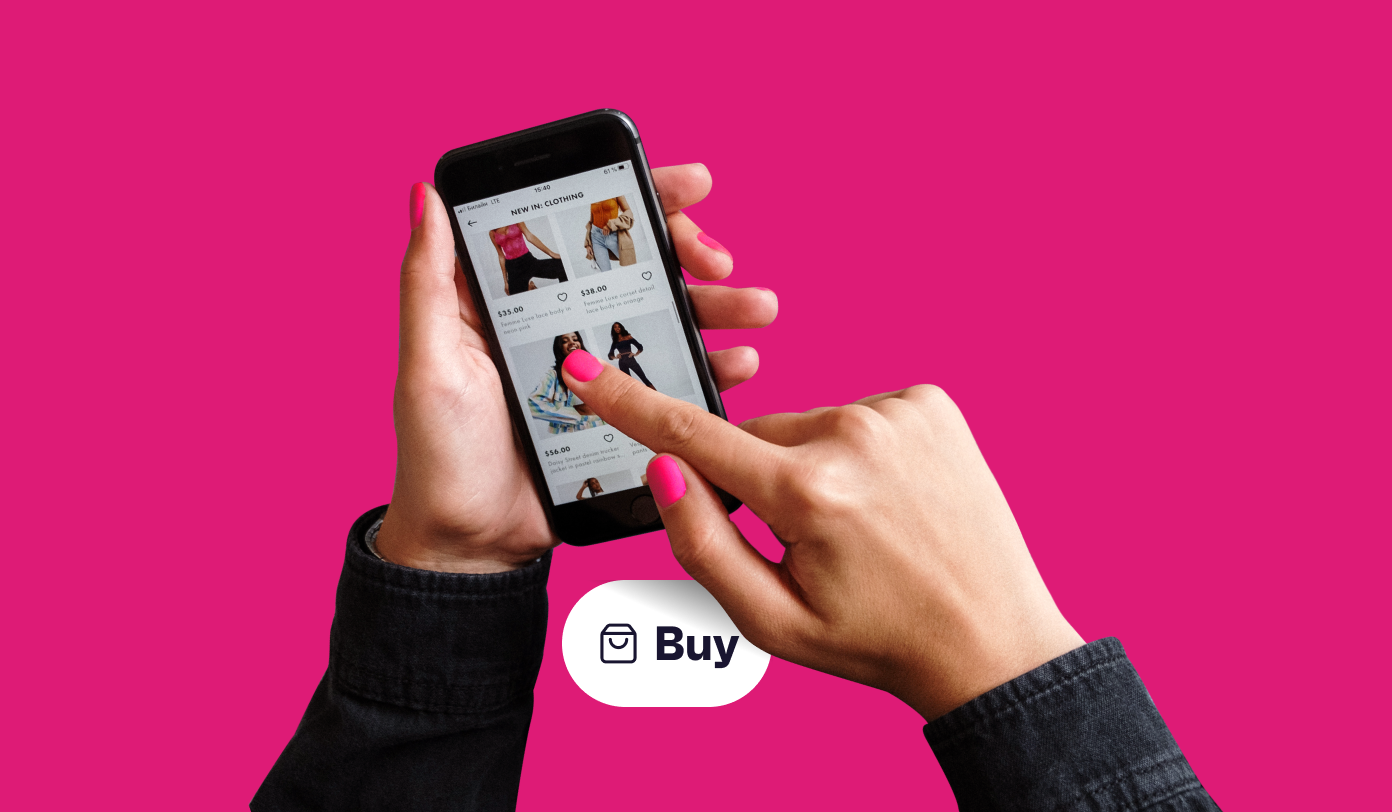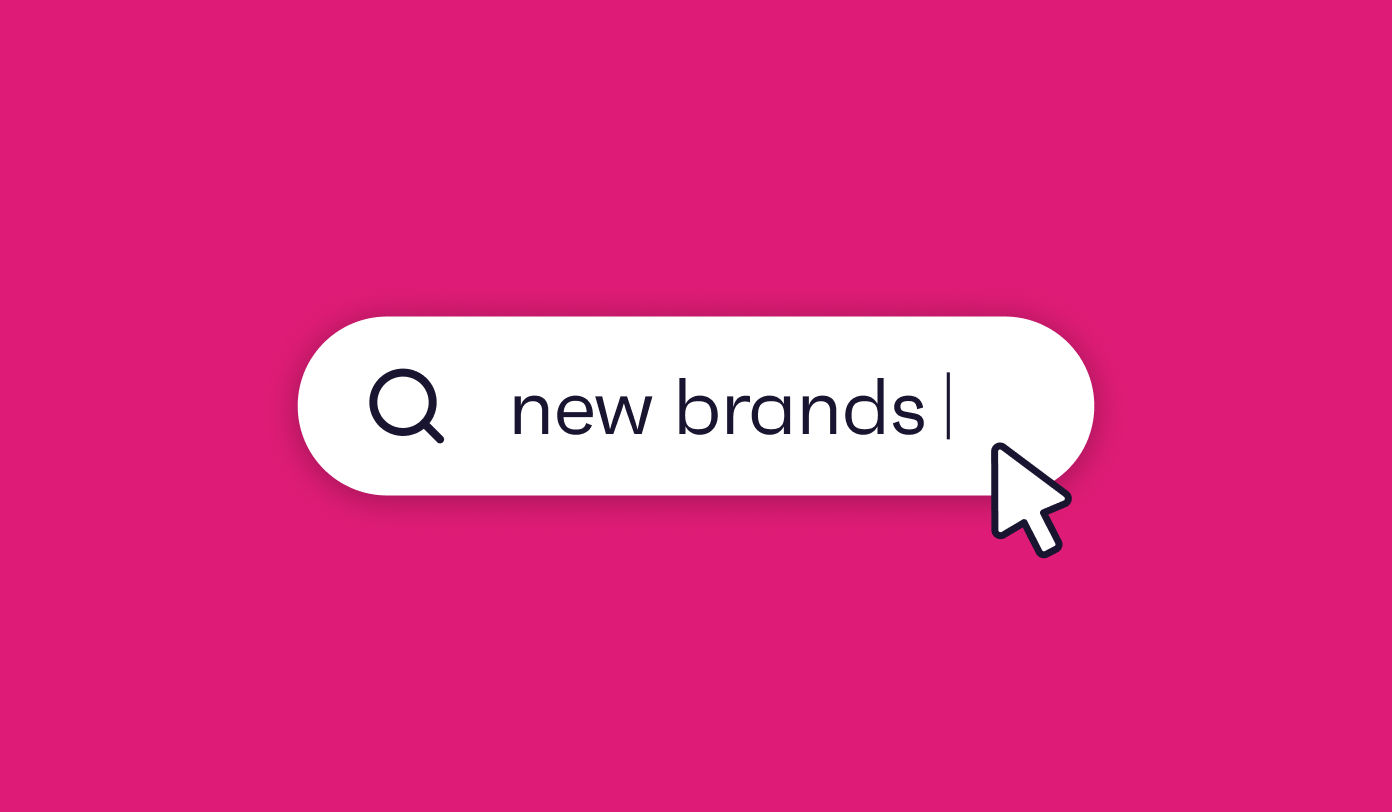What – exactly – makes a great ad campaign?
Sure, it never hurts to be funny, colorful, edgy and all the rest, but if the entertainment isn’t backed up with something that resonates at a deeper level, then the whole thing risks being dismissed as eye candy and it won’t achieve any meaningful impact.
That’s where consumer insight advertising comes in. Building an insight-led ad campaign around data can be the key to creating something that consumers actually want to engage with. The result rings true and actually speaks to their experience.
And it doesn’t even need all that much data. Many killer campaigns are built on a single consumer insight example – it just has to be the right one. Get that right and the result can be a powerful message that makes sense intuitively and lasts.
That isn’t always easy of course. Using consumer insight in advertising means turning data into an engaging story – a real skill that takes time and experience. But when the result can be the difference between success and failure, it’s an effort worth making.
7 ad campaigns driven by consumer insights
- The AA: Putting the emotion back into motoring
- The Big Issue: Change your coffee, change the world
- Whirlpool washing machines: Putting care front and center
- Gorillas: Laughing along with what London wants
- KFC: Love at first bite
- Lynx: It’s a man thing..isn’t it?
- LinkedIn: Follow in her footsteps
Here’s seven examples of brands who’ve used insight-led advertising to knock it out of the park.
1. The AA: Putting the emotion back into motoring
The campaign
The UK’s Automobile Association (AA) wanted to reverse a long term decline in revenue and improve their customer acquisition and retention. So far, so normal – pretty much every business would say “yes” to something similar. But the AA then decided to take a brave step – and the result worried them.
Please accept the cookie consent
The insight
They set up a new team to research their longer-term prospects. The consumer insights they uncovered painted a worrying picture of market share and membership in decline. The reason was simple enough:
Their key insight showed a toxic combination of increased price sensitivity and reduced relevance was weakening their brand.
Building on this they performed a 180 degree turnaround, moving from a rational, efficiency-focused message to far more emotional branding. Out went functional messages about their recovery service, in came something altogether softer and more inspirational about the joy of happy motoring summarized by the line “Love that feeling?”.
The takeout
Shifting from the rational to the emotional like this proved transformational for the AA, enabling them to actually raise prices, driving stable revenue growth and delivering a profit of £2.23 for every £1 invested.
The point is, using the right data in the right way can lay the foundations for longer-term success. Emotional advertising is often data-driven; it’s only with deep and robust data and analytics that a business can have the confidence to adopt an emotional communications strategy.
2. The Big Issue: Change your coffee, change the world
The campaign
The Big Issue is a street magazine focused on ending homelessness that’s published on four continents. Their Change Please campaign in the UK had a simple mission: encourage people to switch to The Big Issue’s new Change Please coffee brand as a first step to changing the world.
The insight
While the magazine industry might be in poor shape, the £8 billion UK coffee industry is booming.
The team at The Big Issue came up with a startling consumer insight:
while someone might buy a magazine once a fortnight, they buy multiple coffees every week.
What’s more, they often walk past a Big Issue vendor to queue up in a major coffee chain. The Big Issue team realized that bringing this simple fact to people’s attention could challenge them to care about homelessness.
The takeout
Appealing to people’s conscience like this worked, driving a 5% YoY increase in sales that ultimately yielded a £1m boost in revenues for The Big Issue. More generally it underlined the point that consumer insights in advertising can be the high octane fuel for effective lateral thinking – in this case getting a magazine to launch a coffee brand, and use that to leverage social change.
3. Whirlpool washing machines: Putting care front and center
The campaign
Whirlpool’s Care Counts campaign built on a simple but compelling idea: that behind every chore is an act of love. It’s a charming idea, re-humanizing the lifeless category of washing machines, and giving Whirlpool a new brand purpose based on empathy, emotional connection and the power of care.
Please accept the cookie consent
The insight
At the heart of this campaign is a sobering insight uncovered by the Care Counts team:
Chronic absenteeism in US schools means that millions of children are less likely to graduate.
Those who drop out have a 70% higher chance of unemployment, a 70% higher chance of needing welfare, and are 8 times more likely to end up in prison. If that wasn’t bad enough, part of the reason is truly shocking:
1 in 5 American children struggle to access clean clothes – and thousands miss school everyday because of the resulting embarrassment.
The takeout
Using the power of customer insight strategy to see what happens when care fails, Whirlpool found a way to put their brand purpose into action, making a massive difference to real lives through something as simple as laundered clothes. In its first year, the program washed over 2,300 loads of washing in 17 schools. The results were staggering: 90% of the students increased their attendance, 95% of students were more motivated in class, and 89% of students improved their classroom participation.
4. Gorillas: Laughing along with what London wants
The campaign
On-demand grocery delivery app Gorillas launched in London in March 2021 and immediately set about gathering data on the capital’s shopping habits. A year later they used the result to create a humorous campaign called “Whatever London Wants” focusing on different boroughs’ preferences and using some really quite risque double entendres to bring it to life.
Please accept the cookie consent
The insight
Consumer insight examples derived from Gorillas’ first 12 month’s data, covering the delivery of 8 million products, revealed – as they cheekily put it – London’s love of acid (er, in the form of lemons), pints (of ice cream, that is), and poppers (champagne bottles, not the other kind).
It’s not quite clear from the research why London loves bananas so much, but it loves them all the same.
The resulting video ads brought these insights to life, mixing bold visuals and a roguish voice-over with the brand’s customer data.
The takeout
Customer data is a great way to create fun, effective brand campaigns that feel real – because they are. In Gorillas’ case consumers were entertained by the fact that someone, somewhere had ordered 32 chocolate bars in a single order. The result is lighthearted but grounded – a fun, clever (and legal) use of customer data to add authenticity.
5. KFC: Love at first bite
The campaign
KFC is the second-largest fast-food chain in the world, delighting fried chicken lovers in 150 countries worldwide. But even the biggest brands need to work hard to maintain their position. KFC’s recent ad campaign, “First Bite”, was launched in April 2022, speaking directly to how people savor their food.
Please accept the cookie consent
The insight
KFC used extensive customer research to pinpoint the exact moment consumers most anticipate and look forward to in the KFC eating experience: that first delicious bite.
Armed with their “first bite” insight, KFC set about creating a campaign that did everything possible to dial up anticipation around that mouthwatering moment.
The takeout
The result was a video ad that consumers can easily connect with emotionally. Even if they’ve never had KFC chicken, they surely know the feeling of anticipation that precedes a favorite meal. The same moment was dramatized on OOH billboards, digital, and press ads.
It’s interesting to compare this approach with that used by Gorillas; they chose a deep dive into the details, while KFC adopted a more universal approach — with both tactics heavily informed by customer data and feedback.
6. Lynx: It’s a man thing..isn’t it?
The campaign
There’s no shortage of discussion online and off around what it means to be a man today. Inspired by this, Lynx partnered with Google to explore young men’ online searches to see if these shed any light – factual or funny – on the state of modern masculinity. And if you’re thinking this example from 2019 is a bit old, debates about the meaning of masculinity continue to rage, especially online, so this is still a live issue.
Please accept the cookie consent
The insight
Searches like, “Is it ok for a guy to do yoga?” and “Can men wear pink?” confirmed Lynx’s hunches that many young men still feel pressure to live up to classic masculine ideals and labels.
Lynx’s insights opened the door on young men’s problems and insecurities.
Building on this newfound understanding of their target audience’s worries, Lynx spotted a great opportunity to offer reassurance, positioning their brand as firmly on their side.
The takeout
The easiest, quickest way to provide value to consumers is to address what’s on their mind and to answer their questions. If one of the main reasons for using consumer-led insights to drive a campaign is to form a deeper connection with consumers, then a highly effective way is to give them real information on topics that matter. They ask; the brand – in this case Lynx – answers.
7. LinkedIn: Follow in her footsteps
The campaign
As part of its national sponsorship of the UEFA Women’s EURO 2022 tournament in England, social networking site Linkedin and agency partner VCCP launched a campaign highlighting the importance of role models within all aspects of life, on and off the pitch.
Please accept the cookie consent
The insight
LinkedIn’s research revealed a shocking – or perhaps more accurately predictable – statistic:
76% of women say they want relatable role models to be more visible.
This consumer insight fuelled their entire advertising approach. With the tournament one of the biggest sporting events of the summer, LinkedIn drew attention to a group of amazing female footballing trailblazers, highlighting their career achievements on the pitch and the inspiring work they accomplish off it.
The takeout
The key takeout here is, “It’s easier to be what you can see”. Role models play a big part in shaping who we are, providing inspiration for others hoping to make their dreams come true. The trouble is, they’re not always visible. LinkedIn’s campaign put female role models in the spotlight – exactly where they deserved to be.
The bottom line
As these examples all show, research and insights based on data can help move and inspire audiences, so the resulting campaign resonates at a deeper, more emotional level.
In fact in-depth data is often where the best campaigns actually begin. Highlighting a fundamental human truth is the key to crafting powerful messages that cut through and really last. And what advertiser doesn’t want that?
Report
Discover the trends that'll dominate 2023
Get ahead






.webp?width=495&height=317&name=pink_thumb_graphs%20(1).webp)
.webp?width=495&height=317&name=pink_thumb_letter%20(2).webp)
